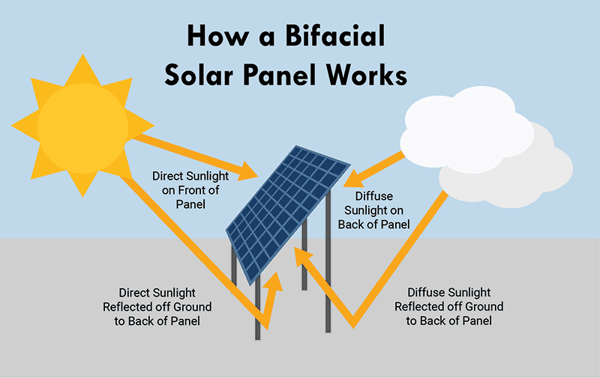svetz
Works in theory! Practice? That's something else
I wouldn't say those are the only metrics. For example, they had advance warning of the storm, could they have scrambled and gotten more capacity on line or cleared some gas wells? What preparations did they take? They must have had an inkling what was going to happen, and if not then they're really bad at their jobs. Ditto the State level, the warning had been issued a decade earlier, why wasn't FEMA mobilized earlier? Why did it take FEMA 24 hours to mobilize once they got the call? Seems like failures of the system at all levels.The one and only metric that really matters is:
How much power generation infrastructure is installed - vs - How much power generation infrastructure was operational when you needed it.
I looked for that too (although not all that hard). It would have been interesting to know how many plants were offline and for what type of maintenance. Nice to see some hard numbers before conspiracies start popping up on why those were offline.I haven't found any hard data on this. I really wanted to find a timeline of the systemic failures and responses to those failures, but being this industry is privatized in Texas, that information will be obfuscated to the maximum degree out of fear of future financial liability and litigation.
I see it as both a management and oversight failure. Texas gets brutally cold winters, but it seems like they got lulled into a "we're saving money" mode. Of course, I though the same thing about CPUC before I heard of some of the extenuating circumstances that led to the swamp (still blame them though, it's their job to drain the swamp instead of shutting power off and perpetuating crazy rates without a plan to alleviate the problem).
Last edited:








